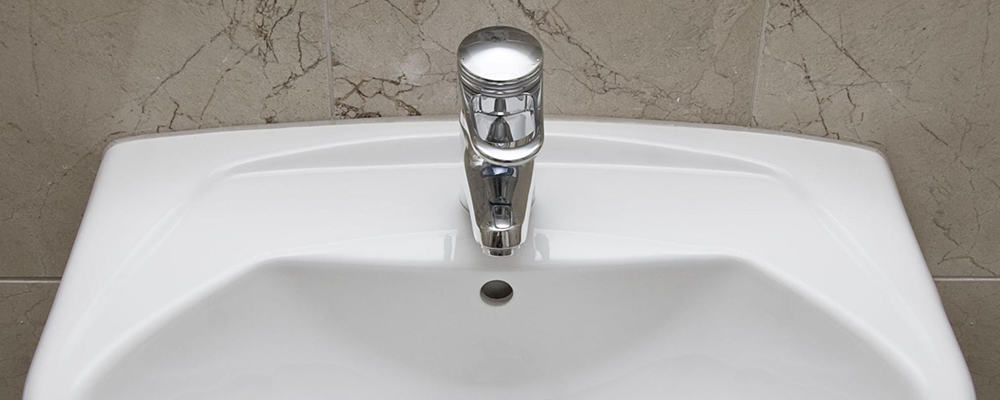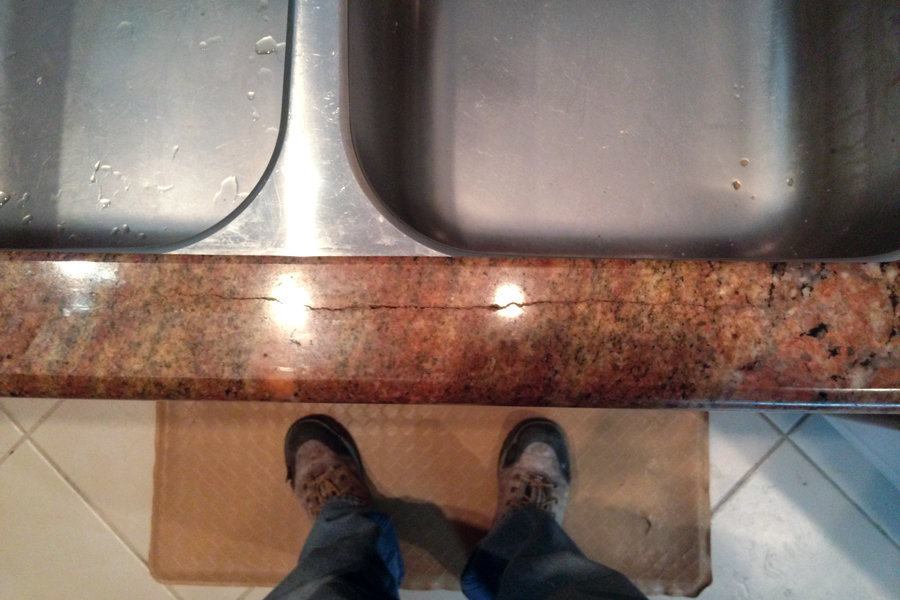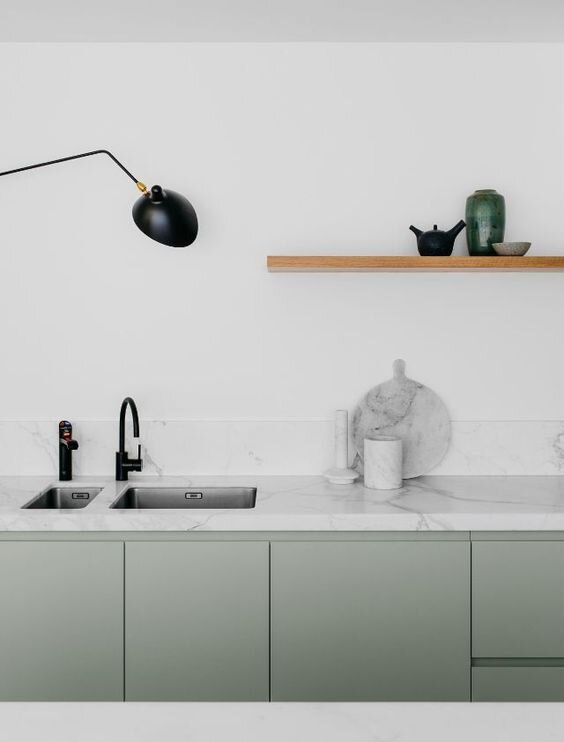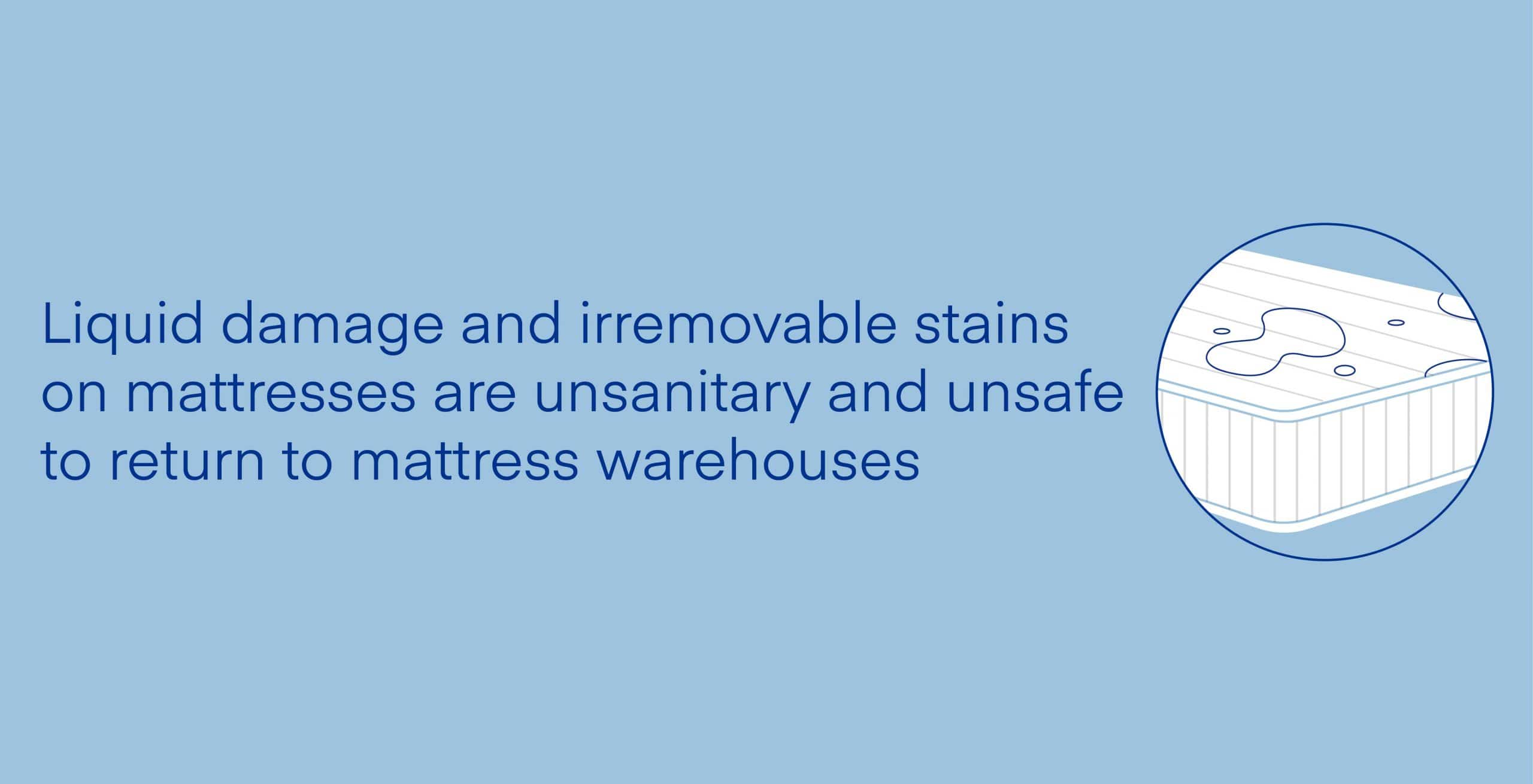If you’ve noticed a crack on the rim of your kitchen sink, don’t panic just yet. While a damaged sink can be a major inconvenience, it’s not the end of the world. With a little know-how and some basic tools, you can easily repair a cracked kitchen sink rim and have it looking like new again in no time. The first step in repairing a cracked kitchen sink rim is to assess the damage. Is the crack small and superficial, or is it deep and wide? This will determine the best course of action for repair. If the crack is small and shallow, you may be able to fix it on your own with some simple DIY techniques. However, if the crack is larger or extends into the sink basin, it’s best to seek professional help. No matter the severity of the crack, it’s important to act quickly to prevent it from getting worse and causing further damage to your sink and surrounding counter area.1. How to Repair a Cracked Kitchen Sink Rim
Before we dive into repair methods, it’s important to understand what may have caused the crack in the first place. This will not only help you prevent future cracks, but it can also give you insight into the best repair approach. One of the most common causes of a cracked kitchen sink rim is heavy impact. This can happen if a heavy object is dropped on the rim or if someone leans on it with too much force. Another possible cause is thermal shock, which occurs when hot or boiling water is poured into a cold sink. The sudden change in temperature can cause the sink to expand and contract, resulting in cracks. Finally, age and wear-and-tear can also contribute to cracked sink rims. Over time, the constant use and exposure to water and cleaning chemicals can weaken the material and make it more susceptible to cracks.2. Common Causes of Cracked Kitchen Sink Rims
If the crack on your kitchen sink rim is small and shallow, you may be able to fix it yourself with some simple DIY techniques. One method is to use a two-part epoxy adhesive. This type of adhesive is specifically designed for bonding materials like porcelain, ceramic, and enamel. Simply mix the two parts together according to the instructions and apply it to the crack. Make sure to smooth out any excess adhesive and let it dry completely before using the sink again. Another DIY option is to use a silicone-based sealant. This can be a good temporary fix for small cracks, but it’s not as strong and durable as epoxy adhesive. Keep in mind that these DIY approaches may not completely hide the crack, but they can help prevent it from getting worse and extend the lifespan of your sink.3. DIY Fixes for a Cracked Kitchen Sink Rim
If the crack on your kitchen sink rim is larger or extends into the sink basin, it’s best to seek professional help for repair. One option is to have the sink professionally refinished. This involves sanding down the damaged area, filling in the crack with a special compound, and then refinishing the entire sink to give it a smooth, seamless look. This option can be more expensive, but it can also provide a more long-term and aesthetically pleasing solution. Another option is to have the sink replaced entirely. This is often necessary if the damage is too severe or if the sink is already old and showing signs of wear-and-tear. While it may be a bigger investment upfront, a new sink can save you from future repair costs and enhance the overall look of your kitchen.4. Professional Repair Options for a Cracked Kitchen Sink Rim
As the saying goes, prevention is better than cure. To avoid dealing with a cracked kitchen sink rim in the future, here are a few preventive measures you can take: • Be careful when handling heavy objects near the sink. • Avoid pouring boiling water directly into a cold sink. • Clean your sink regularly and avoid using harsh chemicals. • Consider using sink mats or protective trays to minimize impact and scratches. • If your sink is already showing signs of wear-and-tear, consider replacing it before it gets worse.5. Preventing Cracks on the Rim of Your Kitchen Sink
While minor cracks can be repaired, there are some situations where it’s best to replace the entire sink. Here are some signs that it may be time for a new sink: • Multiple cracks and damage on the rim and/or sink basin. • Rust or corrosion on the sink’s surface. • Difficulty in keeping the sink clean and free of stains. • An outdated or unappealing appearance. If your sink is showing any of these signs, it may be more cost-effective and practical to invest in a new sink rather than constantly repairing it.6. Signs You Need to Replace a Cracked Kitchen Sink Rim
You may be wondering, “Is it really necessary to fix a cracked kitchen sink rim if it’s still functional?” The short answer is yes. While a cracked sink may still be usable, it can lead to more serious issues down the line. A cracked sink rim can allow water to seep into the counter area, causing damage and potentially even mold growth. It can also make it more difficult to keep the sink clean, as bacteria and food particles can get trapped in the crack. Fixing a cracked kitchen sink rim not only improves the appearance of your kitchen, but it also ensures the longevity and functionality of your sink.7. The Importance of Fixing a Cracked Kitchen Sink Rim
Sometimes, cracks on a kitchen sink rim can be difficult to spot, especially if they are small or hidden in the corners. However, there are a few signs to look out for that may indicate a cracked rim: • Visible cracks or chips on the rim of the sink. • Water leaking or pooling around the sink area. • Difficulty in draining water from the sink. If you notice any of these signs, it’s best to inspect the rim of your sink more closely and take action if necessary.8. How to Tell if Your Kitchen Sink Rim is Cracked
When it comes to choosing a kitchen sink, the material of the sink rim is just as important as the material of the sink bowl. Here are some popular options for a durable and crack-resistant kitchen sink rim: • Stainless steel: This is a popular and affordable option that is resistant to corrosion and scratches. • Porcelain: This material is known for its durability and classic, elegant look. • Granite composite: This is a more modern and high-end option that is resistant to scratches, stains, and heat. Ultimately, the best material for your sink rim will depend on your personal preferences and budget.9. The Best Materials for a Durable Kitchen Sink Rim
If you’ve repaired your cracked kitchen sink rim or replaced it with a new one, there are a few things you can do to ensure it stays in good condition: • Avoid using abrasive cleaners or scouring pads on the sink. • Clean the sink regularly with mild soap and warm water. • Use a sink mat or protective tray to minimize impact and scratches. • Inspect the sink rim periodically for any signs of damage or wear-and-tear. By following these tips, you can keep your kitchen sink rim looking and functioning like new for years to come. In summary, a cracked kitchen sink rim may seem like a minor issue, but it’s important to address it promptly to prevent further damage and maintain the overall appearance and functionality of your sink. Whether you opt for a DIY fix or seek professional help, make sure to take preventive measures and use durable materials to avoid dealing with cracked sink rims in the future.10. Troubleshooting Common Issues with Cracked Kitchen Sink Rims
The Importance of Choosing a Quality Kitchen Sink

Preventing Cracks on the Rim of the Sink
 When it comes to designing a house, many homeowners focus on the aesthetics and functionality of the living spaces, but often overlook the importance of choosing quality materials for everyday items such as the kitchen sink. However, a cracked sink can be a major headache and can even affect the overall design of your kitchen. This is especially true for the rim of the sink, which is constantly exposed to daily wear and tear.
Cracks on the rim of the sink
are a common issue, caused by a variety of factors including heavy impact, temperature changes, and poor quality materials. Not only can these cracks be unsightly, but they can also lead to leaks, water damage, and even mold growth. This is why it is crucial to choose a high-quality sink that can withstand the demands of daily use.
Choosing a sink made of durable materials
such as stainless steel, cast iron, or fireclay can greatly reduce the risk of cracks on the rim. These materials are not only strong and sturdy, but also resistant to scratches, stains, and heat. Additionally, they are easy to clean and maintain, making them a practical choice for a busy kitchen.
Moreover,
proper installation
is key to preventing cracks on the rim of the sink. It is important to ensure that the sink is securely attached to the countertop and that there is proper support underneath. This will help distribute the weight of the sink and prevent it from shifting, which can lead to cracks over time.
In addition to choosing a quality sink and proper installation,
regular maintenance
is essential in preventing cracks on the rim. Avoid using harsh chemicals or abrasive cleaners, as these can damage the surface of the sink and weaken its structure. Instead, opt for gentle cleaners and regularly wipe down the rim of the sink to remove any buildup or residue.
In conclusion, a cracked sink can be a costly and inconvenient problem to deal with. By choosing a high-quality sink, ensuring proper installation, and practicing regular maintenance, you can prevent cracks on the rim and maintain the overall design and functionality of your kitchen sink. So, take the time to invest in a quality sink and save yourself the hassle in the long run.
When it comes to designing a house, many homeowners focus on the aesthetics and functionality of the living spaces, but often overlook the importance of choosing quality materials for everyday items such as the kitchen sink. However, a cracked sink can be a major headache and can even affect the overall design of your kitchen. This is especially true for the rim of the sink, which is constantly exposed to daily wear and tear.
Cracks on the rim of the sink
are a common issue, caused by a variety of factors including heavy impact, temperature changes, and poor quality materials. Not only can these cracks be unsightly, but they can also lead to leaks, water damage, and even mold growth. This is why it is crucial to choose a high-quality sink that can withstand the demands of daily use.
Choosing a sink made of durable materials
such as stainless steel, cast iron, or fireclay can greatly reduce the risk of cracks on the rim. These materials are not only strong and sturdy, but also resistant to scratches, stains, and heat. Additionally, they are easy to clean and maintain, making them a practical choice for a busy kitchen.
Moreover,
proper installation
is key to preventing cracks on the rim of the sink. It is important to ensure that the sink is securely attached to the countertop and that there is proper support underneath. This will help distribute the weight of the sink and prevent it from shifting, which can lead to cracks over time.
In addition to choosing a quality sink and proper installation,
regular maintenance
is essential in preventing cracks on the rim. Avoid using harsh chemicals or abrasive cleaners, as these can damage the surface of the sink and weaken its structure. Instead, opt for gentle cleaners and regularly wipe down the rim of the sink to remove any buildup or residue.
In conclusion, a cracked sink can be a costly and inconvenient problem to deal with. By choosing a high-quality sink, ensuring proper installation, and practicing regular maintenance, you can prevent cracks on the rim and maintain the overall design and functionality of your kitchen sink. So, take the time to invest in a quality sink and save yourself the hassle in the long run.










































































/GettyImages-961308678-5c5a4c1cc9e77c000159b2c0.jpg)




